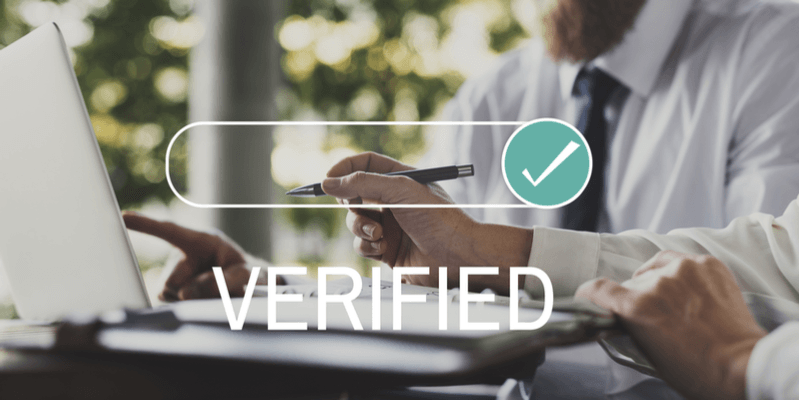
In general, passwords still present a certain vulnerability. Although it is clear to most that passwords should never be used twice, it is still often used for convenience. To protect systems or accounts twice, you can integrate so-called 2-factor authentication (2FA).
In 2-factor authentication, two different components (factors) that are independent of each other are used for proof of identity and, for example, logging on to a system or account.
The US state department office of authentication has recognized the potential of 2-factor authentication and recommends that companies integrate this type of protection into the IT of a company.
Why and where does it make sense to use 2-factor authentication?
2-factor authentication always makes sense to protect sensitive data or systems. It is used on the one hand to increase internet security when logging in, on the other hand, it hampers access for hackers to sensitive data.
The most common bets are two-factor authentication (2FA) when signing up for email accounts or a cloud. Furthermore, a 2FA also helps to unlock systems or accounts that have not been in use for a long time. If, for example, you forget a password, the second factor can help you unlock your account and set a new password. Tip: Use password managers, such as: KeyPass (free) , so you do not have to remember long or complicated passwords.
If your organization does not use 2-factor authentication, IT security professionals can implement it for you. With the 2FA you can secure corporate networks, systems or even apps.
Which different factors are used?
The factors of 2-factor authentication are classified in three different ways:
- Feature: A feature must be unusual and unique, such as a person’s fingerprint.
- Knowledge: This classification contains a specific knowledge that only the user possesses. These can be, for example, answers to predefined questions. Furthermore, PINs or passwords belong to this category.
- Ownership: The user owns an item, such as As a bank card or a cell phone, which he must carry with him for user authentication.
The following features can be used as factors in the 2FA:
- pin code
- password
- TAN lists
- Voice and face recognition (for example, on a smartphone)
- Recognition of the pattern of the iris in the eye
- fingerprint
- Smart Card
- Tokens (software and hardware)
- Etc.
Passwords are most often used as the first factor. The second most frequently used factor is sending a PIN as SMS to your own cell phone or by e-mail to your own inbox. The owner then has to enter this PIN online, for example.
The use of face recognition or your own fingerprint to unlock a system or account is becoming increasingly popular and is being used not only on smartphones but also on laptops.
Disadvantages of a two-factor authentication
- Of course, 2-factor authentication takes more time, as two factors are required for unlocking. The convenience is lost here, which is why the acceptance of the user is usually rather low. Therefore, users should be involved early in the planning of a 2FA to increase acceptance.
- To successfully decrypt the second factor too, tokens or TAN lists must be frequently carried. These should, of course, be kept well and should not fall into the wrong hands.
- If a factor is lost, blocking and rebuilding an account or system can cost you money.
Benefits of two-factor authentication
- The big advantage of two-factor authentication is that credentials that are stolen or decrypted are not enough to gain access to an account or system. To gain final access to the files, the attacker must have the second factor at the same time.
- By notifying you of a new login on a different device, make sure that only you can gain access to your account. For example, if someone decrypts your password, you will receive an email with such notification and can respond quickly, for example, to suspend your account.
All in all, 2-factor authentication may seem to have more disadvantages than benefits, but you should be aware of how you weight them. If personal data or the entire IT landscape is to be better protected, all possible measures must be taken.
Even though a secure long password alone is sometimes not enough to avoid hacker attacks, they still prevent it. That’s why your password should be as secure as possible. For example, whole sentences are very suitable. Do not use the same password several times, not even for convenience. So that you do not have to remember these passwords or even to generate hard to decrypt one, a password manager will help you.
You want to secure your systems or your cloud with a 2-factor authentication? Talk to us. We at Bleuwire™ advise you on which factors are most suitable for you so as not to affect the workflow.
Also, learn more about the services and solutions we provide – how we can help your business.





